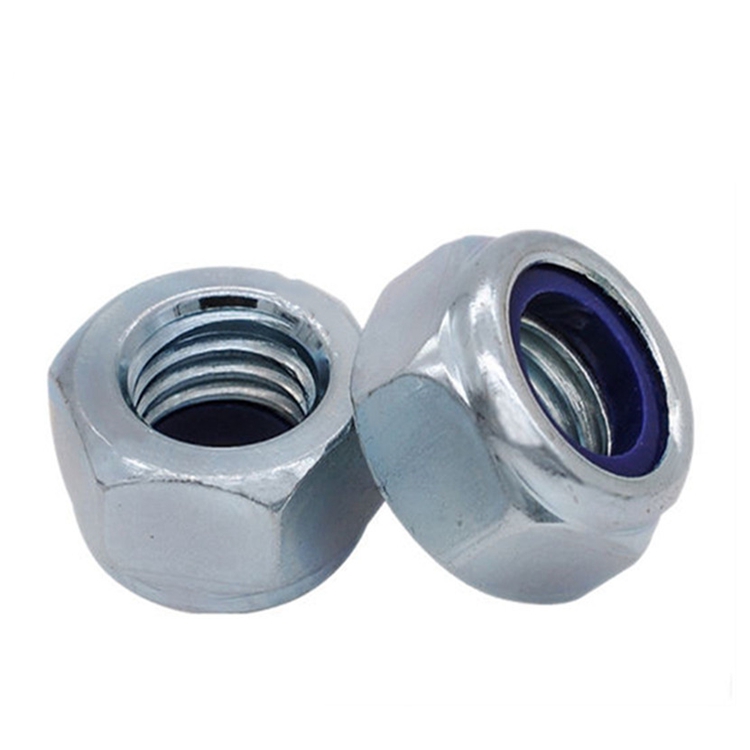Top 10 Bolt Brands for Quality and Performance in 2023
Jan . 01, 2025 16:05 Back to list
Top 10 Bolt Brands for Quality and Performance in 2023
The Best 10 Types of Bolts for Various Applications
Bolts are essential components in construction, manufacturing, and assembly. They are designed to hold materials together firmly, making them critical in ensuring the structural integrity of countless products and structures. With numerous types of bolts available, choosing the right one for a specific application is paramount. Here, we explore the best ten types of bolts, their unique characteristics, and the applications for which they are best suited.
1. Hex Bolts Hex bolts are perhaps the most common type of bolt. They feature a hexagonal head, which allows for easy grip and tightening with a wrench. They are versatile and can be used in various applications, from automotive assemblies to machinery construction.
2. Carriage Bolts Carriage bolts have a smooth, rounded head and a square section underneath that prevents rotation when installed. They are predominantly used in wood-to-wood applications, such as fastening wooden beams and outdoor furniture. Their unique design makes them ideal for situations where a clean appearance is desired.
3. Lag Bolts Lag bolts, or lag screws, are heavy-duty fasteners designed for wood-to-wood connections. They have a large diameter and a coarse thread that provides excellent grip in wood. Lag bolts are frequently used in construction projects, such as framing and deck building.
4. Eye Bolts Eye bolts feature a looped head allowing for a ring or hook to be attached. They are used for lifting and rigging applications, such as securing loads in shipping or construction. Eye bolts come in various sizes and materials, making them suitable for different weights and environments.
5. Toggle Bolts Toggle bolts are used for securing objects to hollow walls, such as drywall. They consist of a machine screw and a pair of spring-loaded wings that open behind the wall when inserted. Toggle bolts are perfect for hanging heavy items like cabinets and mirrors.
best 10 in bolts

6. Shoulder Bolts Shoulder bolts, also known as shoulder screws, have a cylindrical shoulder that provides a precise pivot point. They are commonly used in machinery and are excellent for applications requiring rotation or movement, such as in gears and hinges.
7. Set Screws Set screws are used to secure an object within or against another object, often within a machine shaft. They have a cup point design that allows them to grip effectively without creating significant damage. Set screws are frequently found in mechanical assemblies and can be made from various materials, including stainless steel for corrosion resistance.
8. Flange Bolts Flange bolts have a built-in washer and are designed to distribute the load over a larger area. This makes them ideal for use in softer materials that might otherwise be stripped. They are commonly used in electrical applications, automotive assembly, and HVAC installations.
9. T-Nuts T-nuts are a type of fastener used to provide a solid anchoring point. They are inserted into the side of a wood panel, allowing for a bolt to be threaded in from the opposite side. T-nuts are widely used in furniture construction, particularly in assembling items with removable components.
10. Stainless Steel Bolts While not a specific type of bolt, stainless steel bolts deserve special mention due to their corrosion resistance and strength. They are suitable for a wide range of applications, especially where exposure to moisture is a concern, such as outdoor furniture and marine applications.
Conclusion In summary, selecting the right bolt can significantly influence the durability and functionality of your assembly or structure. Understanding the characteristics and best applications for different bolt types allows engineers, manufacturers, and DIY enthusiasts to make informed choices that uphold safety and effectiveness. From the trusty hex bolt to the versatile toggle bolt, each type has its place in the vast world of construction and assembly, underscoring the importance of this humble but vital hardware.
Latest news
-
Premium Cabinet Bolts Supplier - Quality & Wholesale Fasteners
NewsAug.09,2025
-
Reliable Cabinet Bolts Supplier | Quality & Bulk Fasteners
NewsAug.07,2025
-
Wire Bolts Suppliers & Manufacturer | Factory Direct Price
NewsAug.06,2025
-
Premium Wire Bolts Suppliers | High-Quality Bolts
NewsAug.05,2025
-
Trusted Wire Bolts Suppliers - Durable & Reliable Solutions
NewsAug.04,2025
-
Wire Bolts Company | Premium Industrial Fasteners
NewsAug.03,2025
